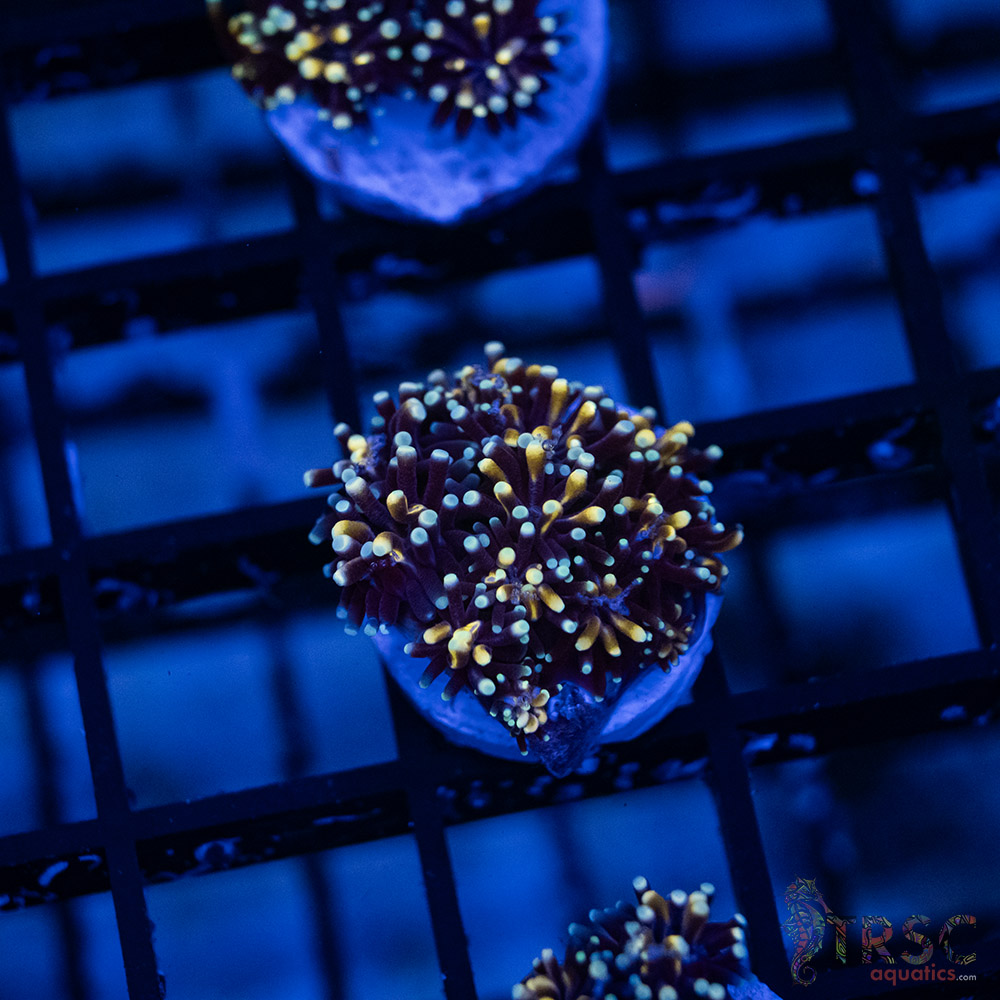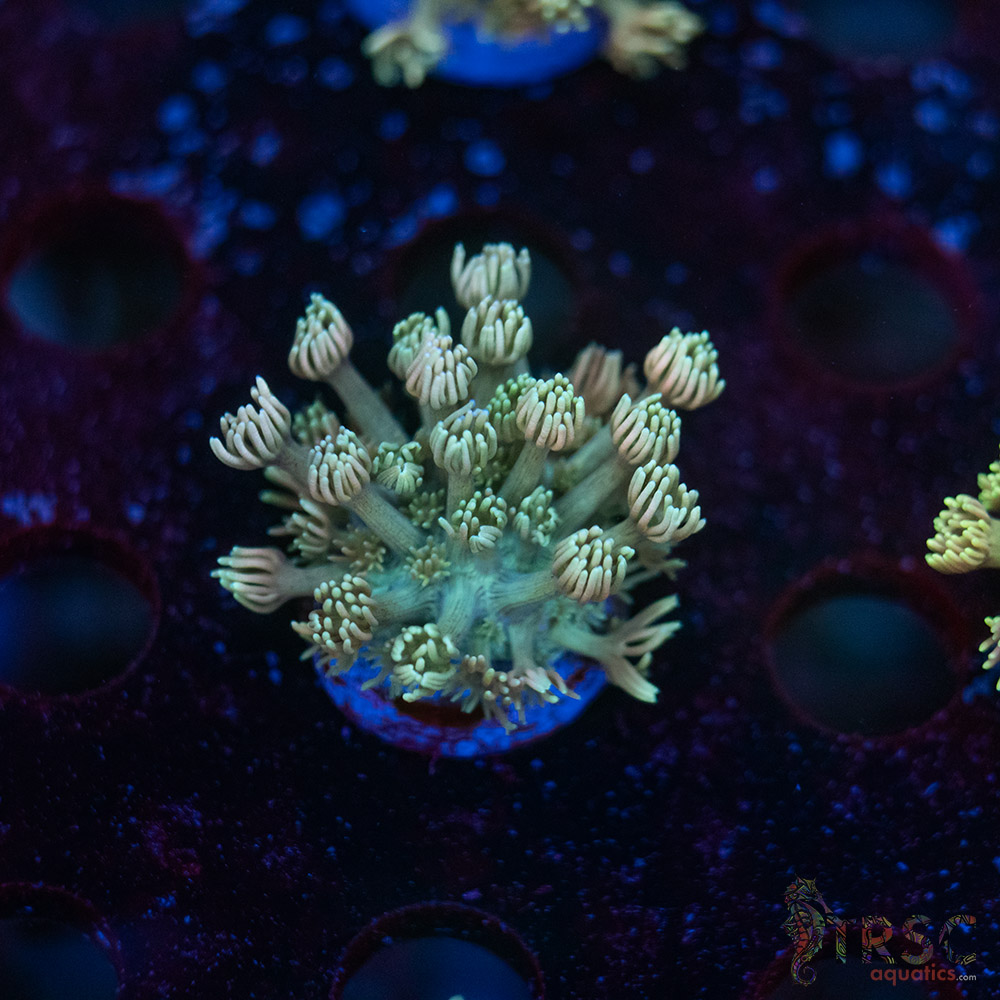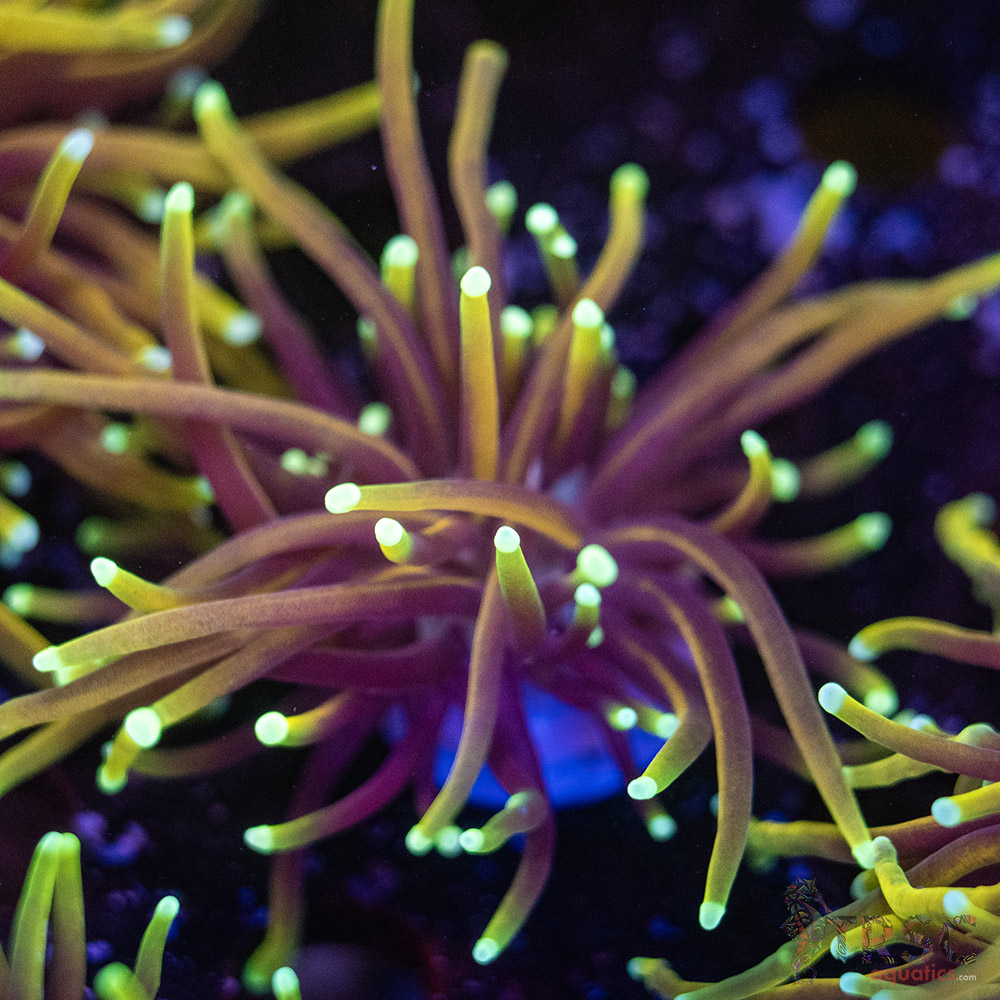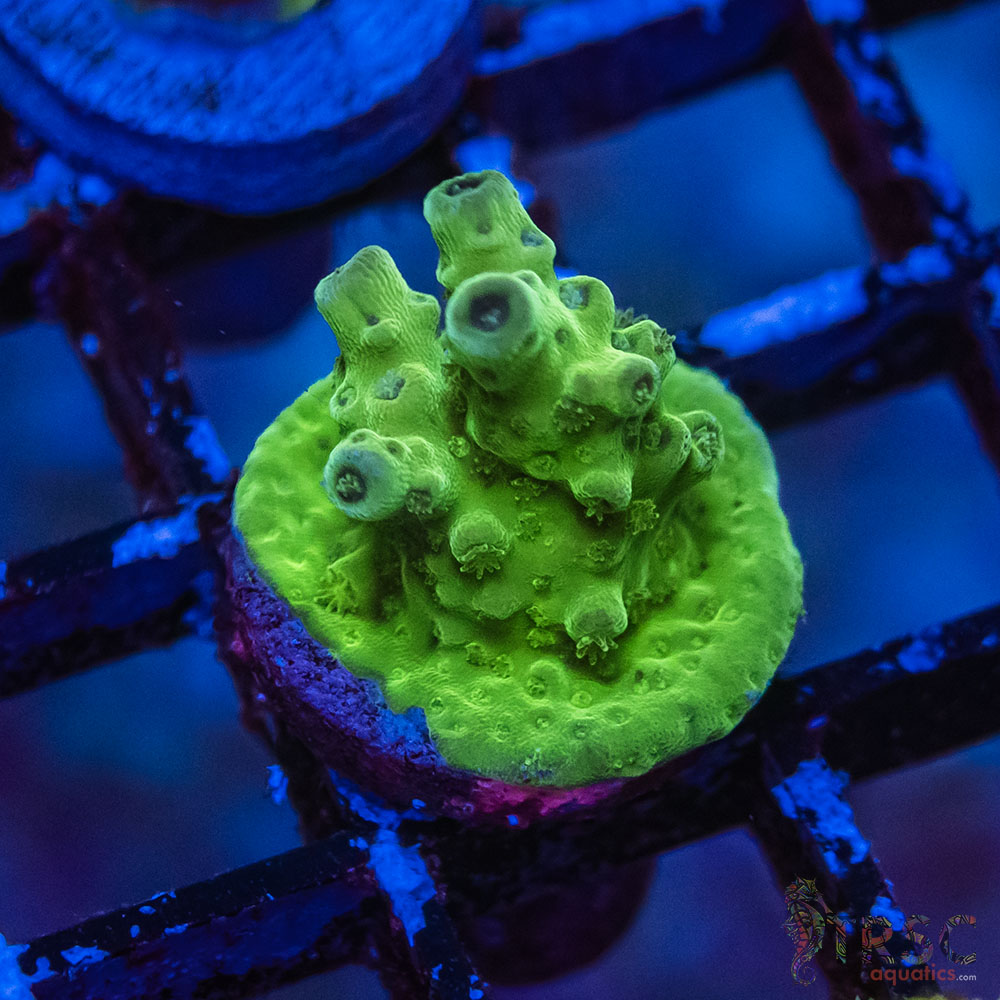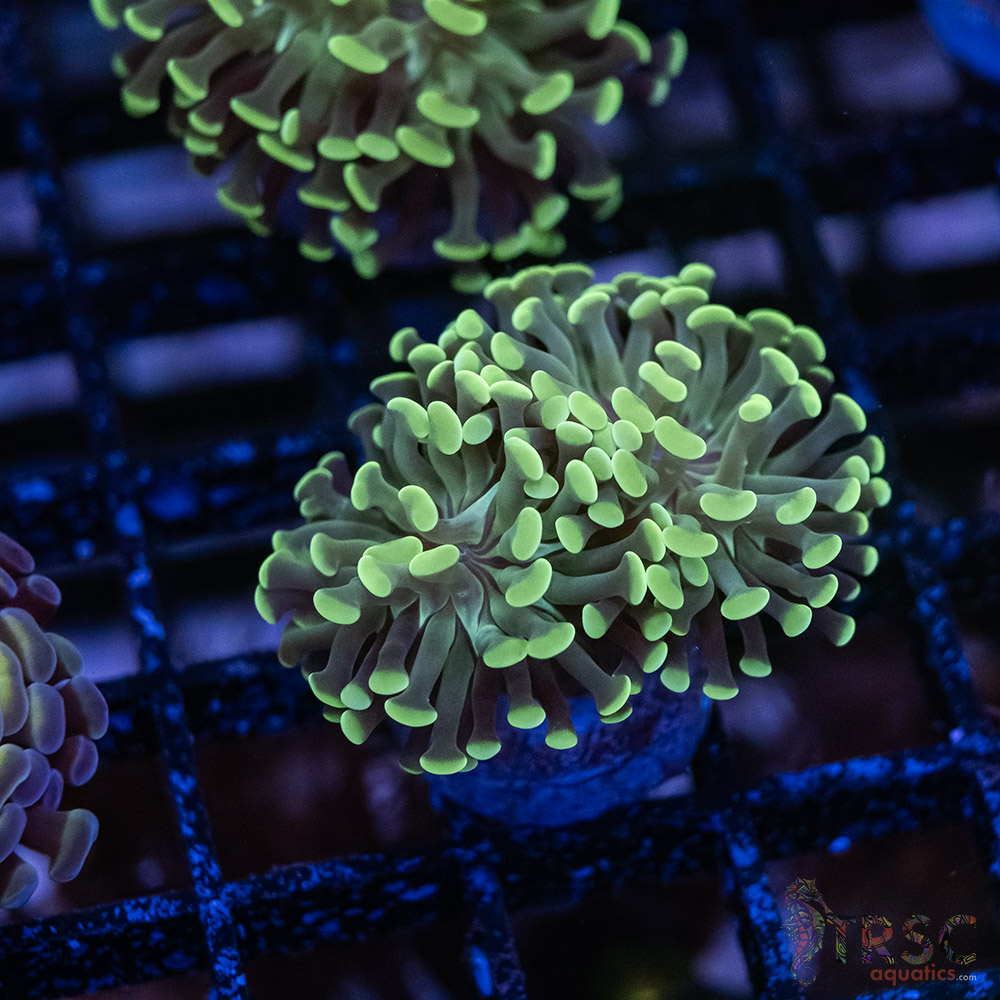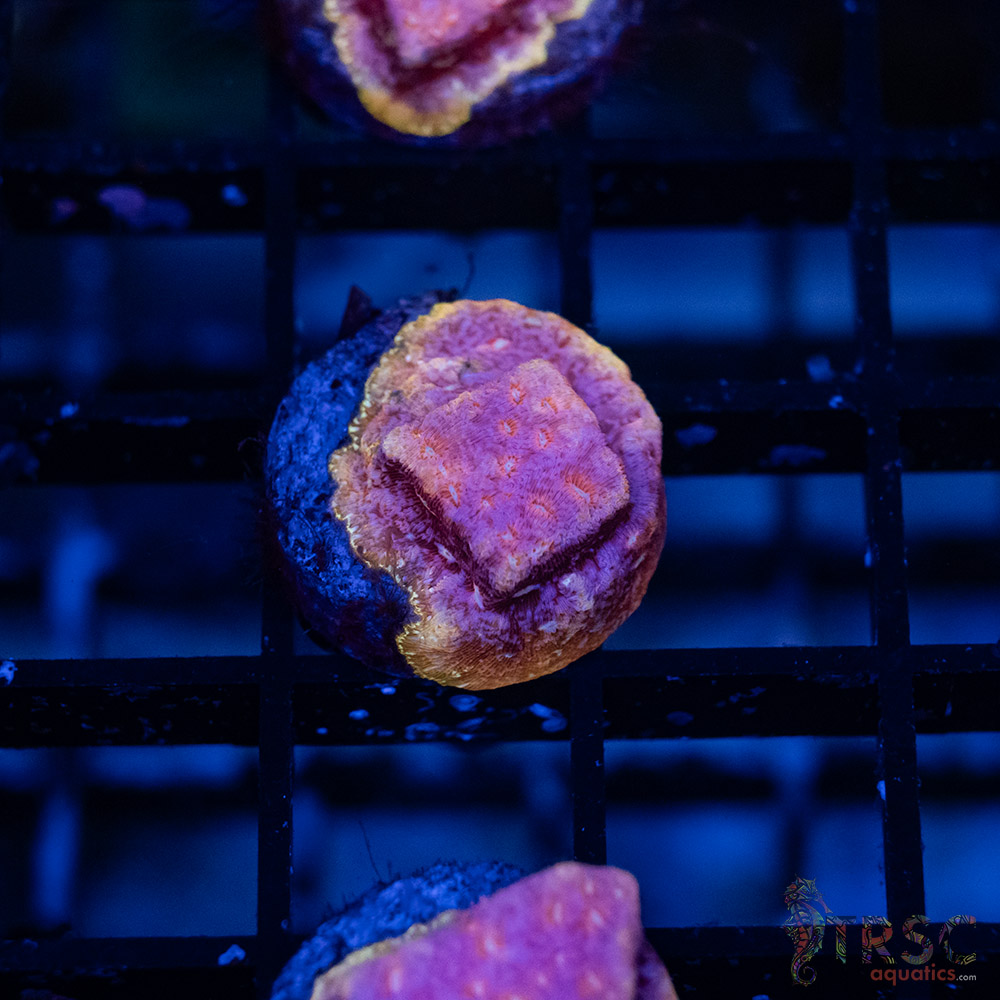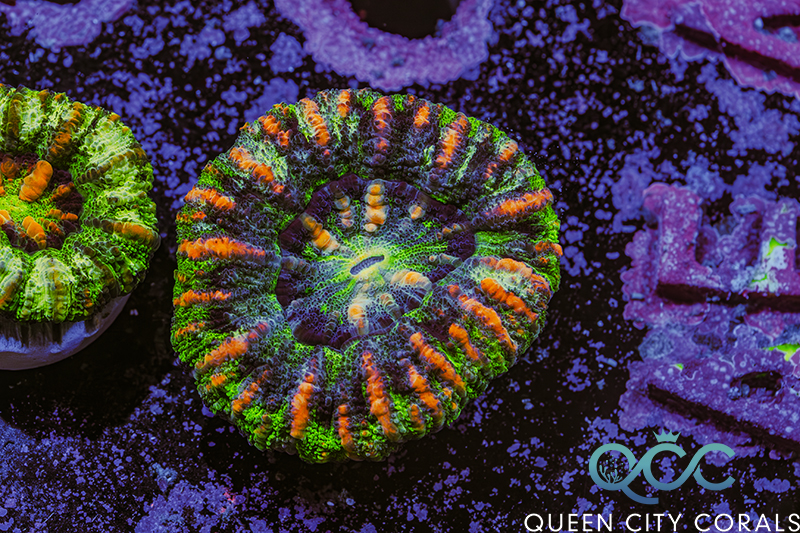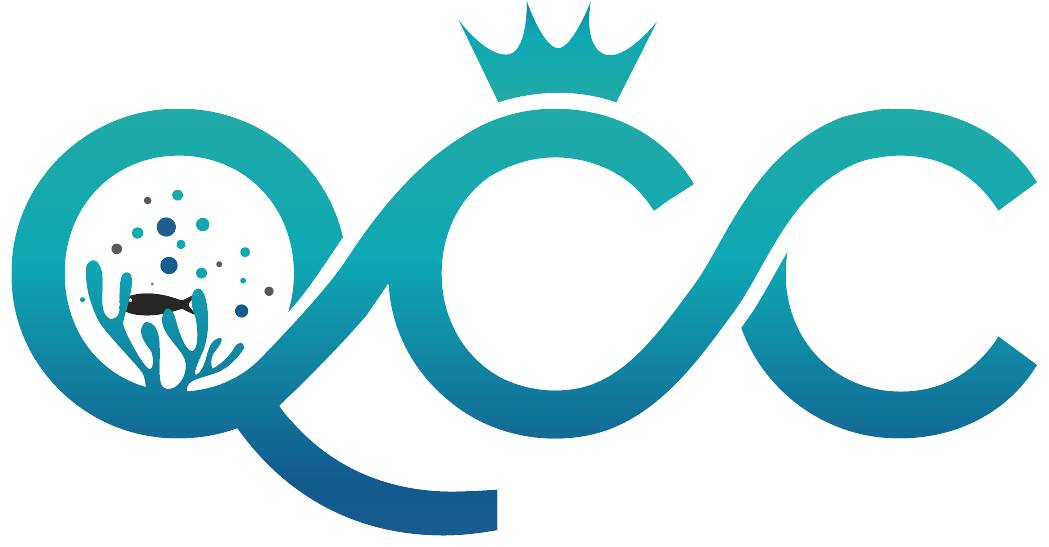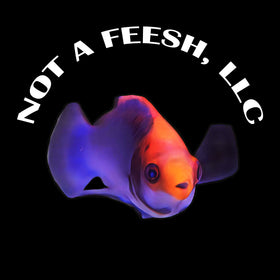Scoly Coral Care Guide
Looking to add a vibrant showpiece to your reef tank? Scoly coral—also known as Scolymia or Button Scoly—is a stunning LPS coral prized for its bold colors and round, fleshy appearance. Here’s how to keep your Scoly thriving.
What Is a Scoly Coral?
Scolymia corals are large polyp stony (LPS) corals native to the Indo-Pacific. Commonly referred to as Scoly coral or Button Scoly, they are typically solitary polyps with a circular shape and a central mouth. Their vivid color patterns—ranging from neon green to deep red and rainbow—make them a favorite among reef keepers.
Ideal Tank Conditions
- Lighting: Low to moderate (75–125 PAR). Avoid intense lighting to prevent bleaching.
- Water Flow: Low to moderate. Gentle, indirect flow helps prevent tissue damage.
- Temperature: 75–80°F (24–27°C)
- Salinity: 1.024–1.026 SG
- pH: 8.1–8.4
- Alkalinity: 8–9 dKH
- Calcium: 400–450 ppm
- Magnesium: 1250–1350 ppm
Placement Tips
Place your Scoly coral on the sand bed or a low rock ledge with minimal flow. Ensure it has space to expand and isn’t shaded by other corals. Keep at least 3 inches of distance from neighbors, as Scolymia can extend sweeper tentacles at night.
Feeding & Nutrition
While Scolymia corals are photosynthetic, they benefit from supplemental feeding. Offer:
- Frozen mysis or brine shrimp
- Reef Roids or powdered coral foods
- Target feeding 1–2 times per week
Growth & Fragging
Button Scoly corals grow slowly and are typically not fragged due to their single-polyp structure. If fragging is attempted, use a coral saw and allow ample healing time in a low-stress environment.
Common Issues
- Recession: Often caused by poor water quality or excessive light.
- Bleaching: Reduce lighting intensity and check parameters.
- Brown Jelly Disease: Remove affected tissue and perform iodine dips.
